Contents
Discover the best social media content ideas for Instagram, TikTok, YouTube, and more. Tailor posts by platform to boost clicks and conversions.
You spend hours crafting posts, only to see them get buried in the feed. Meanwhile, others in your niche are pulling in likes, shares, and affiliate sales. The difference? They’re creating content built for the platform – not copying and pasting the same post everywhere.
Every social media channel has its own strengths and audience behaviors. What grabs attention on TikTok won’t land the same way on LinkedIn, and the posts that thrive on Pinterest rarely perform on Twitter/X. For affiliate marketers and creators, understanding these differences is what turns casual views into meaningful engagement and clicks.
In this guide, we’ll walk through each major platform – Instagram, TikTok, YouTube, Facebook, Pinterest, Twitter/X, and LinkedIn – breaking down the formats that work best and sharing actionable ideas you can use right away. That way, you can focus on creating content that gets seen and drives conversions.
Why You Should Diversify Social Media Content
If you only stick to one type of content, you limit how people can connect with you. A short video might grab attention, but what about users who prefer to read? An infographic may be shareable, but it won’t build the same trust as a live stream.
Each format reaches people in a different way, and ignoring that variety means leaving part of your audience untapped.
When promoting affiliate products, this is especially important. Different content formats move people through the buying journey: a post can spark awareness, a video can demonstrate value, and a live session can answer last-minute doubts before someone clicks your link.
By diversifying content across social media platforms, you create a fuller path to conversion instead of hoping one content style will do it all.
5 Social Media Content Formats You Can Use on Any Platform
No matter which platform you’re on, most social media posts fall into 5 core categories. Think of these as the building blocks of your content strategy:
- Written posts – Great for sharing stories, insights, or quick tips.
- Images – Eye-catching graphics or photos that capture attention instantly.
- Videos (short form & long form) – Short clips for fast engagement, long tutorials for depth and trust.
- Infographics – Easy-to-digest visuals that simplify data or processes.
- Live streams – Real-time interaction that builds authenticity and urgency.
Once you understand these building blocks, you can adapt them to fit the strengths of each platform – which is exactly what we’ll cover next.
How to Match Your Social Media Content to the Right Platform
The real key to social media success is understanding how to use them differently on each platform. Each channel has its own strengths and audience expectations, and when your content matches that context, it performs better – earning more engagement, clicks, and ultimately conversions.
In the next sections, we’ll look at the top platforms one by one, highlighting how people engage there and the specific content ideas that work best.
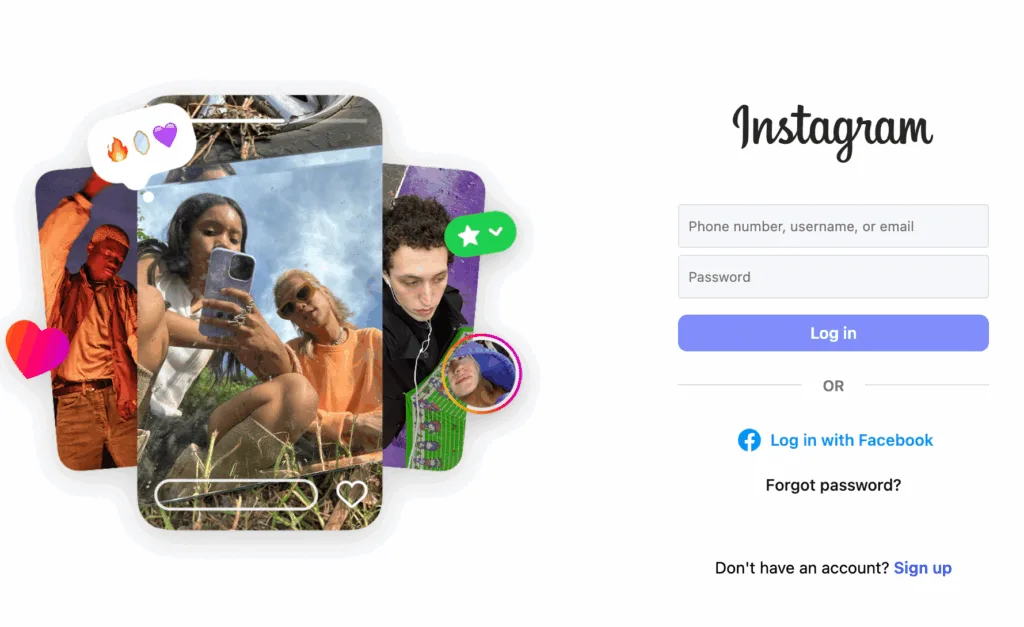
Instagram is one of the best platforms for affiliate marketing because it combines visual storytelling with interactive features that encourage people to take action. Users scroll quickly, but they pause for striking visuals, entertaining short videos, and content that feels authentic.
Engagement often comes from saves, shares, and direct interactions like polls in Stories or taps on shoppable tags. To make the most of Instagram, focus on creating content that feels both inspiring and useful.
Types of Content That Work Best on Instagram
- Reels
Reels are Instagram’s best format for reach and discovery, especially with trending audio. Keep them short and sharp – think quick product hacks, tutorials under 30 seconds (up to 90 seconds is great for more in-depth storytelling), or fun “before and after” clips that show real results. - Carousels
Carousels let you teach or explain in a swipeable, saveable format. Break down tips into clear steps, showcase multiple ways to use a product, or create a mini guide that followers will want to revisit later. - Stories
Stories work best for casual, authentic content that feels like a direct line to your audience. Use them to share behind-the-scenes clips, quick announcements, or interactive polls and Q&As that get followers to respond in real time. - Feed Posts
Feed posts are where your brand aesthetic shines through. Share high-quality lifestyle images or styled shots of your products, and use captions to add context, tell a short story, or invite conversation. - Shoppable Posts
Shoppable posts remove friction by letting followers buy directly from your content. Tag products in action – like styled outfits, kitchen gadgets in use, or a skincare routine – so it feels natural and less like an ad.
Pro Tip: For affiliate products that don’t have shopping tags, you can still drive clicks by sharing branded, trackable URLs. A tool like PrettyLinks lets you create short, professional links for your bio or Story stickers while tracking which posts send the most traffic.
TikTok

TikTok has become the go-to platform for viral, bite-sized [VIDEO] content that feels authentic and relatable. Its strength lies in the way trends spread quickly – one short clip can reach millions overnight if it hooks people in the first few seconds.
Unlike Instagram, TikTok users don’t expect polished visuals; they prefer real, unfiltered content that entertains or teaches them something fast. People engage by swiping through their For You Page, reacting to videos, and sharing clips that spark a laugh, solve a problem, or feel personally relatable.
Types of Content That Work Best on TikTok
- Short-Form Tutorials
TikTok thrives on fast, digestible education. Teach one quick tip, demo a product in action, or show a clever hack in under 30 seconds so viewers watch to the end and share it. - Trend-Based Videos
Jumping on trending sounds, memes, or challenges is one of the easiest ways to boost reach. The key is making the trend fit naturally with your niche – like syncing product demos to trending audio or adding a playful twist. - Storytelling Clips
Personal stories and mini-vlogs resonate because TikTok users value authenticity. Share a “this solved my problem” moment or narrate an experience where your affiliate product made a difference. - Before-and-After Transformations
Viewers love dramatic payoffs. Show quick results – like skincare progress, home makeovers, or fitness changes – using jump cuts or side-by-side comparisons that feel satisfying to watch. - Duets and Stitch Videos
Engage with other creators by adding your perspective to their videos. Duets and stitches are great for product comparisons, reactions, or reinforcing another creator’s review with your own experience. - Photo Mode Posts
TikTok’s version of a carousel lets you upload a series of still images with captions that swipe automatically. Use this to create quick tutorials, product step breakdowns, or story-driven posts where visuals do most of the talking.
YouTube

YouTube is the go-to platform for long-form, evergreen video content, making it one of the best tools for those who want to build authority and trust. Its key strength lies in searchability – because YouTube is also a search engine, your videos can continue driving traffic and conversions months or even years after posting.
People engage differently here than on fast-scrolling apps: they come with intent, often searching for tutorials, reviews, or comparisons before making a decision. That means your content doesn’t just entertain – it guides, informs, and influences purchases in a lasting way.
Types of Content That Work Best on YouTube
- Tutorials and How-To Videos
Step-by-step guides are some of the most searched content on YouTube. Use them to show exactly how to use a product, solve a problem, or achieve a result, while naturally weaving in your affiliate link. - Product Reviews
Detailed, honest reviews build trust with viewers who are actively researching before buying. Highlight both pros and cons, demonstrate the product in real use, and share your personal experience to increase credibility. - Comparison Videos
“X vs Y” videos perform well because they help people decide between options. Lay out the differences clearly, cover who each product is best for, and recommend the one you genuinely prefer. - Listicles and Roundups
Videos like “Top 5 Tools for Beginners” or “10 Must-Have Travel Accessories” give you a chance to feature multiple affiliate products in one video. They work especially well for viewers who want curated recommendations. - Unboxings and First Impressions
Unboxing videos attract curious viewers who want to see what’s inside before buying. Share your genuine first reaction, walk through the packaging and features, and add a follow-up opinion later for extra trust. - Live Streams
Going live on YouTube lets you engage in real time, whether through Q&As, product demos, or launch events. Viewers can ask questions, and you can guide them directly to affiliate links in chat or the description.
💡PrettyLinks lets you turn long, messy affiliate URLs into short, branded links that actually look good next to your name. 👉 Learn How

Facebook remains a versatile platform because it supports nearly every type of content format – text, images, video, live streams, and links – all in one place. Its key strength lies in community building, especially through Groups where niche audiences gather around shared interests.
Unlike fast-paced platforms, Facebook users often engage more deeply by joining discussions, sharing posts within their networks, or attending events.
Types of Content That Work Best on Facebook
- Short Native Videos
Facebook favors videos uploaded directly to the platform. Use them for bite-sized demos, quick tips, or short stories that grab attention within the first few seconds. - Facebook Live
Live streams are great for Q&As, product demonstrations, or launch events. Real-time interaction builds trust, and you can drop affiliate links in the comments or video description for easy access. - Group-Exclusive Content
Sharing value inside niche Facebook Groups builds authority in your space. Post tutorials, product recommendations, or insider tips, and encourage discussion to keep engagement high. - Event Promotions
Use Facebook Events to drive sign-ups for webinars, launches, or affiliate-linked workshops. Events create reminders and keep your promotions visible without feeling pushy. - Polls and Engagement Posts
Simple interactive posts – like polls, quizzes, or “this or that” questions – spark conversations and keep your audience engaged. Pair them with subtle product mentions to keep your affiliate marketing relevant without being intrusive.
Related post: Facebook Stories vs. Instagram Reels: Which Option is Best for Your Business?
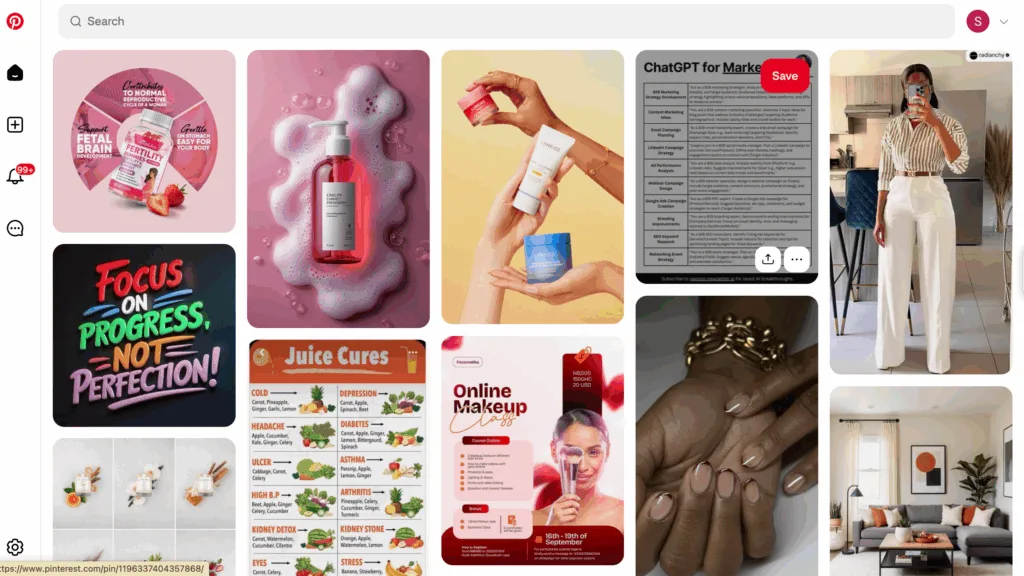
Pinterest is less about social interaction and more about discovery, making it one of the strongest platforms for evergreen traffic. Its key strength lies in acting like a visual search engine – users come here to plan, research, and save ideas for later, often with strong purchase intent.
Engagement happens when people pin your content to their boards, click through to learn more, or save posts to revisit when they’re ready to buy. This means well-optimized, visually appealing pins can continue driving clicks and conversions long after they’re published.
Types of Content That Work Best on Pinterest
- Standard Pins
High-quality vertical images are the foundation of Pinterest. Use them to showcase products in use, styled lifestyle shots, or inspirational visuals with clear text overlays. - Idea Pins
These multi-page, swipeable posts let you share tutorials or step-by-step guides. They’re perfect for recipes, DIY projects, or “how-to” breakdowns that show value before directing people to your affiliate link. - Infographic Pins
Infographics perform well because they condense information into a single, shareable image. Use them for quick tips, product comparisons, or visual guides that people will want to save. - Video Pins
Short videos stand out in the feed and catch attention quickly. Demonstrate a product in action, show a transformation, or create a mini tutorial that encourages viewers to click for more details. - Seasonal and Themed Boards
Pinterest users love planning ahead, so curating boards around seasons, holidays, or specific goals can increase engagement. Organize your affiliate content into boards like “Holiday Gift Guides” or “Travel Essentials” to make discovery easier.
Pro Tip: Pinterest users often save Pins for later, so it’s important your link looks trustworthy and easy to remember. PrettyLinks helps you create neat URLs that look better on your Pins and tracks how much traffic each one drives.
X

X is a fast-moving platform built around quick updates, real-time conversations, and trending discussions. Its strength lies in immediacy – users come here to react to news, share hot takes, and follow threads that unpack ideas in bite-sized pieces.
Engagement often happens through replies, retweets, and quote tweets, making it easy for your content to spread beyond your direct followers. X works best as a place to build authority with concise insights, start conversations, and drive traffic with well-placed links.
Types of Content That Work Best on X
- Short Tweets
Quick takes, relatable observations, or product tips under 280 characters work well for capturing attention in fast-scrolling feeds. Add a link for those who want to dig deeper. - Threads
Multi-tweet threads let you break down a topic in detail, from “5 reasons this tool is a game-changer” to step-by-step guides. Threads perform well when they start with a strong hook and deliver clear value. - Quote Tweets
Engage with trending conversations by adding your perspective to someone else’s post. This works especially well for highlighting an affiliate product in context or reinforcing your authority in the niche. - Polls
Interactive polls spark quick engagement and can double as informal market research. Keep them relevant to your niche – like asking followers which product feature they value most. - Visual Posts
Adding images, graphics, or short video clips helps your tweets stand out. Showcase screenshots, mini tutorials, or quick demos to stop the scroll and encourage shares.
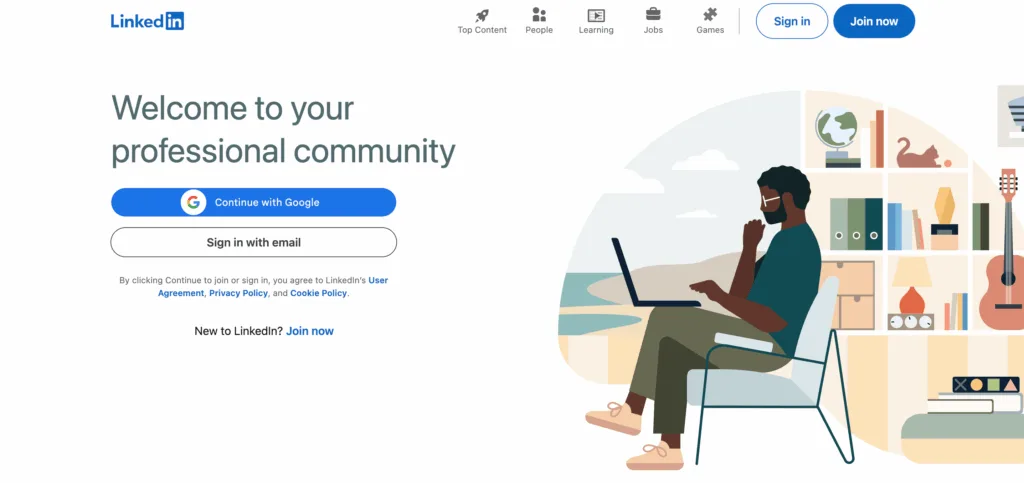
LinkedIn is the leading platform for professional networking and educational content, making it especially valuable for affiliate marketers in B2B, software, or career-focused niches. Its strength lies in reaching decision-makers and professionals who are actively looking for solutions, tools, and insights to improve their work or business.
Engagement here tends to be more thoughtful than on fast-paced platforms: people like, comment, and share when content adds genuine value or sparks industry-relevant discussion. Here, you can build authority, establish thought leadership, and recommend products in a professional context.
Types of Content That Work Best on LinkedIn
- Long-Form Posts
Well-written posts that dive into insights, strategies, or lessons perform strongly. Share stories or case studies that naturally tie into the benefits of your affiliate product. - Articles
LinkedIn’s publishing feature allows you to post full articles directly on the platform. Use these for in-depth guides, research-backed analysis, or comparisons where your affiliate product is the recommended solution. - Infographics and Data Visuals
Professionals love content that makes complex data easy to understand. Create infographics that break down trends, workflows, or results tied to the products you promote. - Document Posts
Upload PDFs, checklists, or slide decks as posts that users can flip through. These work well for step-by-step guides, templates, or curated lists of tools. - Video Posts
Short videos sharing quick insights, mini tutorials, or thought leadership messages stand out in the feed. Unlike TikTok or Instagram, LinkedIn videos don’t need to be trendy – clarity and professionalism matter more.
Conclusion
Affiliate marketers don’t need to be everywhere at once or master every content style. The real key is choosing the platforms and formats that fit your niche, your audience, and your strengths, then using them consistently. A thoughtful mix will do more for engagement and conversions than spreading yourself too thin.
Repurposing also makes your efforts go further. A single product demo can become an Instagram Reel, a TikTok clip, a Pinterest Idea Pin, and even a YouTube Short – all tailored slightly to each platform’s audience. This way, you maximize reach without doubling your workload.
As you experiment across platforms, don’t forget to track your results. PrettyLinks makes it easy to monitor clicks, compare performance across posts, and understand which content truly converts.
Start small, experiment, and track results to see what resonates most. With time, you’ll build a content strategy that feels sustainable, authentic, and effective at driving clicks and sales.
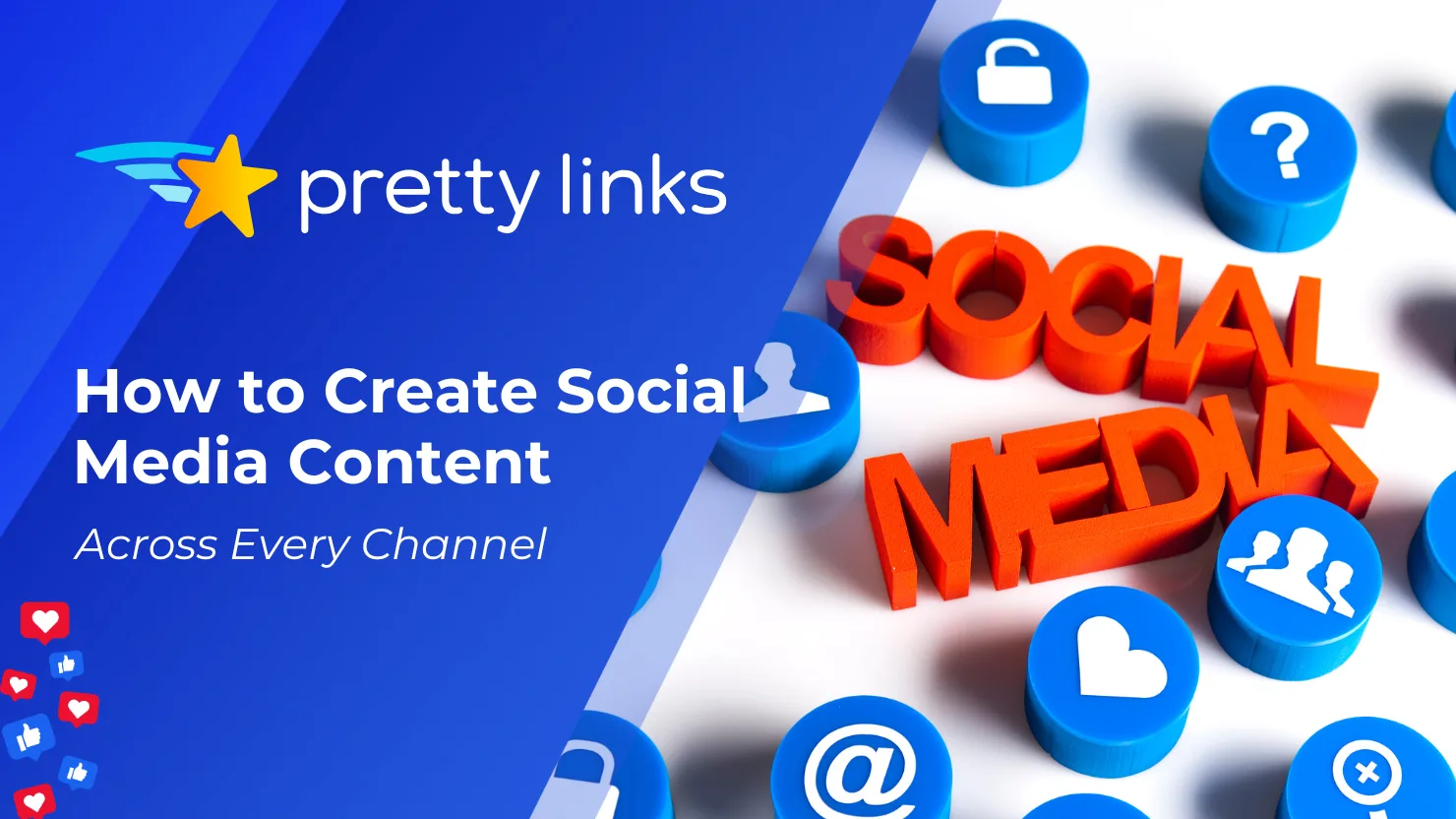
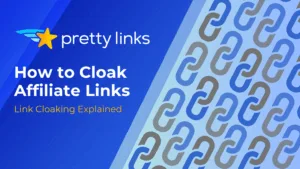

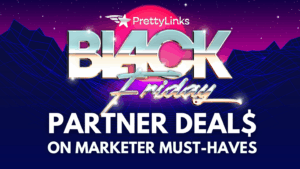

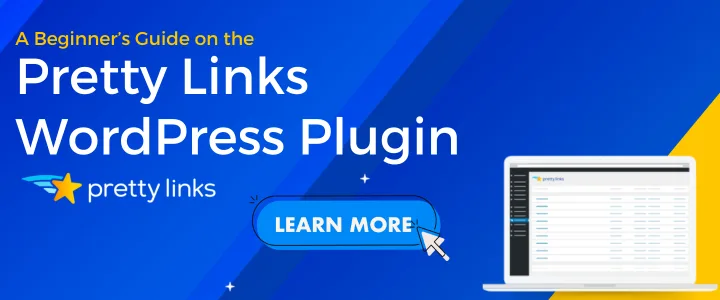
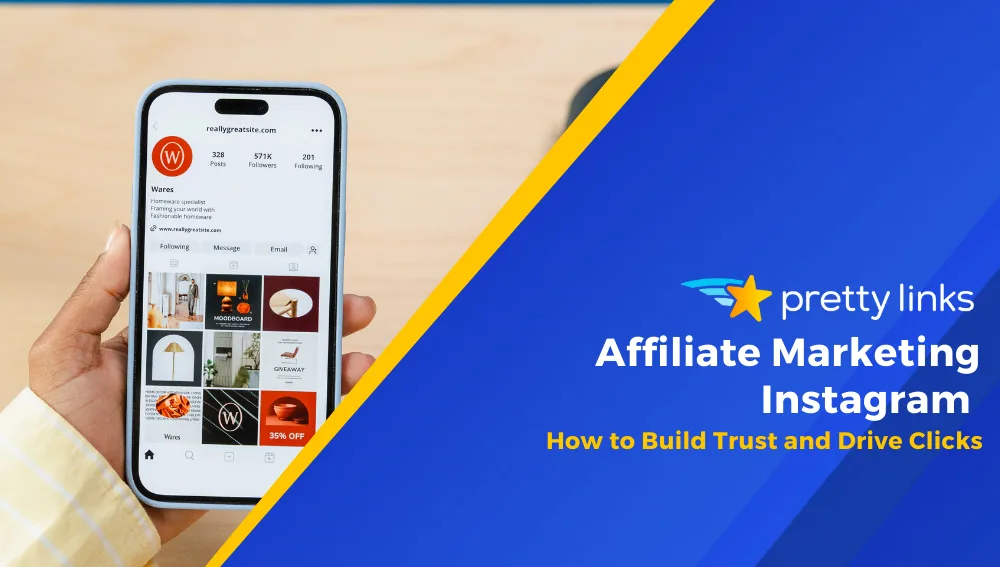

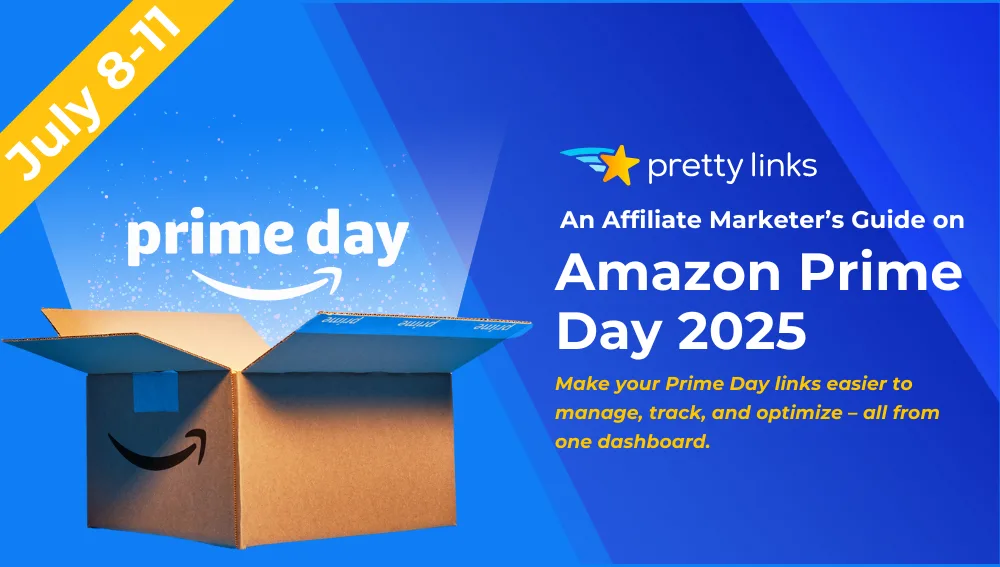
Leave a Reply